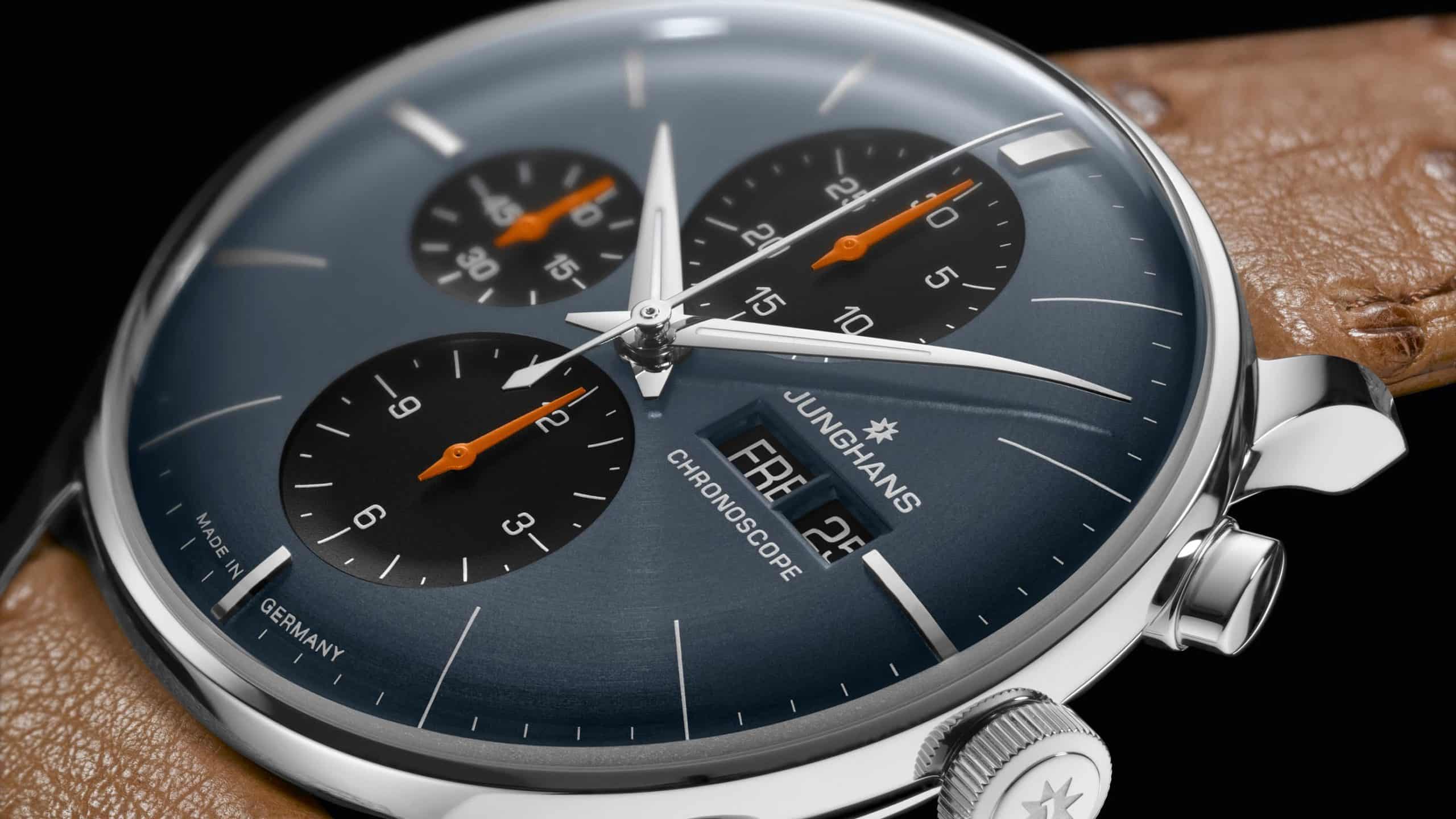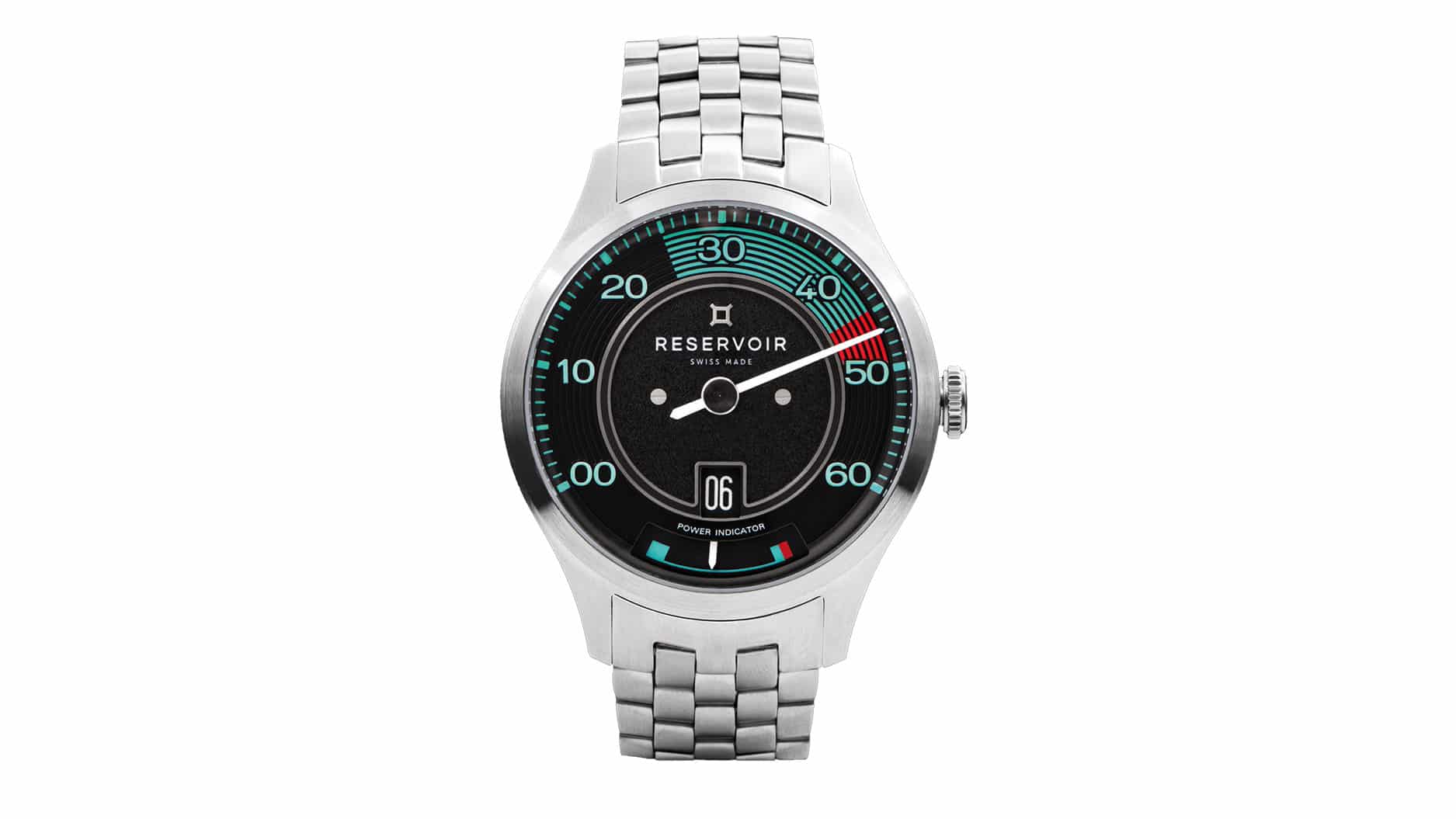Jung at heart
With its dashboard-esque subdials and easy-to-read features the Meister Chronoscope by Junghans has motoring in its fabric

Germany’s largest watchmaker? That’ll be Junghans, which churns out 60,000 watches per year from its facility in the Black Forest. Junghans actually began as a wall-clock maker in 1861 and grew to become the biggest producer of timepieces in the entire world.
After adopting industrialisation methods pioneered in America, its 3000 employees were assembling a staggering three million clocks and watches annually by 1903.
World War II brought a shift to the manufacture of bomb timers and, in 1956, Junghans was taken over by munitions firm Diehl, which made it into the third most important chronometer producer in the world behind Rolex and Omega – as well as a pioneer in the field of radio-controlled timepieces such as the now-celebrated Mega 1 of 1990.
But while Switzerland set about saving its mechanical watch industry during the 1980s, Junghans stuck to making electronic pieces and missed the boat on the luxury watch revival, leading to bankruptcy and its purchase in 2000 by Hong Kong holding company EganaGoldpfeil.
By now split from the defence business, the Junghans’ watch division was placed in the charge of industry veteran Heinz Pfeifer, who led a move to re-establish it as a maker of mechanical watches – but the break-up of EganaGoldpfeil in 2007 resulted in a crisis that threatened to destroy Junghans for good.
That was when local spring manufacturing tycoon Dr Hans-Jochem Steim stepped in to save the business, and it’s once again in rude health, expanding around the world and making some delightful mechanical watches – some of which take inspiration from the 1900s when Junghans ran a lucrative sideline producing accessories for early cars.

The history of Junghans is intertwined with the car, stretching back more than 100 years
The firm took out a patent in 1905 for a car speedometer and also made dashboard clocks, trafficators and even a gentleman’s car clock that could be set to automatically switch on the headlamps when it got dark.
Arthur Junghans, son of the firm’s founder, bought one of the first Maybachs, for which he made his own gearing system to convert it from being tiller-steered to having a steering wheel.
Steim and his son Hannes are equally enthusiastic petrolheads and have amassed a collection of more than 130 vehicles, ranging from a 1902 De Dion-Bouton to a 1965 Mercedes-Benz 600 Pullman limousine. As a result, Junghans is an especially good source of driver’s watches such as the new Meister Chronoscope, which combines a pleasingly retro look with practicality thanks to its curved case and crystal and large, dished subdials.
The case back is ergonomically curved, too, and features a sapphire crystal glass that gives a good view of the self-winding movement. Go on – you’re only ‘Jung’ once.
Junghans Meister Chronoscope, £2140. Available at Bucherer.
Reservoir was founded in 2017 by French former banker François Moreau, whose original models were inspired by the speedometer found on the Mini. Variations on the theme have followed, with this latest watch, the Kanister 316, being based on the look of a Porsche 356 rev counter. A conventional self-winding movement is adapted with a 124-part module made by specialist manufacture Telos to create a retrograde minutes/jumping hour display, while the watch gets its designation as a result of the case and bracelet being made from 316L steel.
Reservoir Kanister 316, £4300.
We brought you news last year of Atelier Jalaper’s first project, a watch featuring a dial cut from the discarded bonnet of an Aston Martin DB5. Now the firm has created the AJ-P400 series with dials made from aluminium salvaged from the engine cover of a burned-out Lamborghini Miura – the oval bezel is based on the shape of the Miura’s pop-up lights. There’s a hand-wound Sellita movement and each watch is supplied on a leather strap reminiscent of a Miura’s upholstery.
Atelier Jalaper AJ-P400, £1650.
Precision is written by renowned luxury goods specialist Simon de Burton


